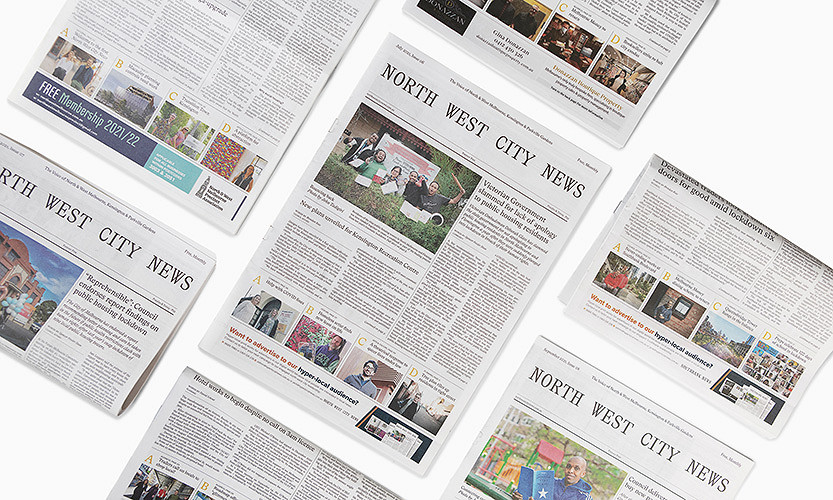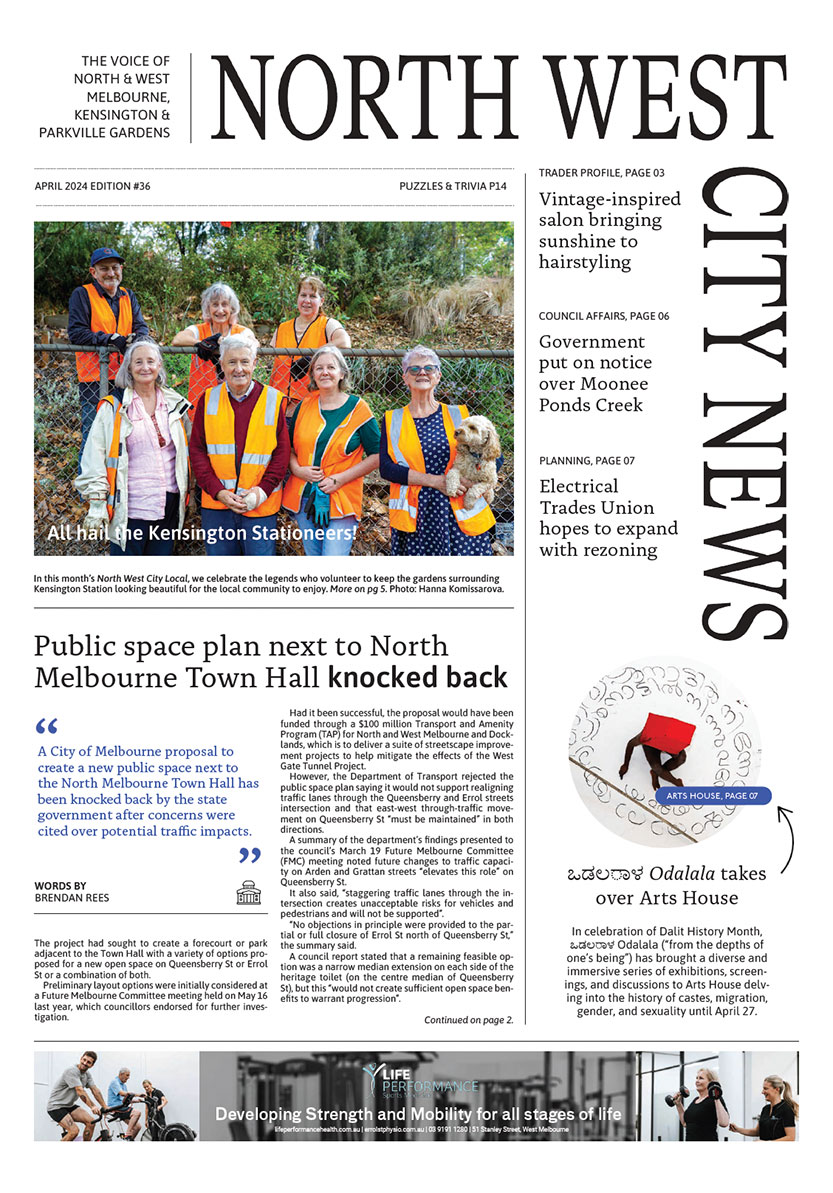Adaptation in a post-COVID-19 community
Maybe it’s not useful to talk about a “post-COVID-19” time, because post-COVID-19 doesn’t equal post-pandemics! I think that’s already clear because we’ve effectively got a very frisky COVID-21!
What might the future of a pandemic-aware community look and feel like? What will change as a consequence of us dragging ourselves through this dark tunnel? How will our community and our lifestyle be different when we hit the light?
Maybe we won’t hit the light but just adapt to the dark; actually, that is what we have been doing, with a high degree of inventiveness.
Personal safety
Before 2020 I can remember being puzzled when I saw people (often from Asian countries) wearing masks – particularly around the city. “How paranoid is that?” I thought. How little I knew. While many Asian countries had battled with the SARS virus in 2003, and had learnt the importance of protecting themselves, like me, most Australians had remained blissfully unaware. Fast forward to 2021, maybe COVID has taught us something, i.e. in certain circumstances we need to protect ourselves from others by barriers or distance. That’s really quite sad, we are such social beings, and hanker after closeness and connection; even greetings feel cold and restrained – no hands now, just elbows. Yes, we are adapting, but we’re understandably a bit grumpy about it.
Transport
The need to protect and stay safe is especially relevant to our transport choices. We all have to travel at times and the safest option (from infection) is by car, but if we all move by car, nobody moves! We need to explore options, and we are, it’s a work in progress. It’s hard not to notice how many electric scooters are zipping around, and how the construction or creation of bike lanes has accelerated since COVID. Those who still use public transport are literally breathing more easily with a welcome relief from congestion.
Work
Does your work have a WFH (work from home) option? How flexible is your boss? How secure will your employment be when (not if) we grapple with further pandemics? There are so many variables, but at this point it’s clear that certain communities (witness Western Sydney or Melbourne) are being more severely impacted. The service sector and the lower-paid casual workers bear the greatest burden under pandemic restrictions.
In a pandemic the interconnection between all communal elements is so clear, which means that a shift in variables affecting one element can radically change the outcome in the others. Just one simple example: your boss’s flexibility to allow you to start later, means that you feel safer catching public transport and don’t feel the need to use your car. Perhaps this interconnection is a very important lesson from our COVID-19 experience.
Families and education
Parents have been hit by the very real challenge of LFH (learning from home). The impact of COVID has especially amplified the divide between the resourced and those less resourced; the digital divide has been acute. In Kensington the Kensington Neighbourhood House and the Venny have done great work trying to close the gap through providing pads, computers and phones, but this cannot be more than a “band-aid”. The “space” divide has also been critical. Imagine trying to juggle a number of school-age children in a small apartment, with each attempting to complete set tasks or communicate with their teachers.
Entertainment – business
Whether you are a footy fan, a film buff, a night-clubber, or a concert goer, COVID-19 has drastically affected your leisure time. We crave entertainment and, for many of us, our leisure time keeps us sane; loss of sanity equals a mental health crisis! In the face of this we have become ingeniously adaptive – webinars; online streaming of sport, concerts and plays; conferences and choir rehearsals on Zoom. If that’s the how consumers and participators have adapted, what about the providers? Whether it’s bigger business such as concert promoters or the AFL, or smaller like a theatre or restaurant, they have severe economic challenges, even in relation to survival. Business failure impacts both owners (or providers) and consumers, and has a deadening or deflating effect on the whole community.
Community
Perhaps there are also upsides for community life from pandemics. On a personal level how many of us have got to appreciate (despite social distancing) the support and companionship of our neighbours during COVID? There have been businesses that have flourished in the suburbs while those in the CBD have struggled. All this as a consequence of the WFH and LFH effect. There’s a community building possibility here. Less all-round travel could have the effect of amplifying a whole range of community activity, including the creation of more local work opportunities.
Yes, we have adapted, but must continue; our health, our sanity, and the quality of life in our community are at stake. Pandemics will be a recurrent shadow, along with the accompanying shadow of climate change.
What does the future hold?
The truth is that nobody really knows but reflecting on the above communal elements and some already established trends, there seem to be some sensible conclusions in relation to future adaptation.
Whether we are travelling, earning a living, entertaining or educating ourselves, the critical communal element in our post-COVID-19 world is personal safety. As I have said “we all have to travel at times”, so safe and affordable public transport is a critical community requirement given that efficiency and environmental issues must be at the forefront of government policy. Among other things this will require …
- Better masks and better compliance;
- Much more efficient ventilation systems in all forms of public transport; and
- A train/bus/tram system that is convenient and accessible to as many communities as possible.
In all workplaces, innovation must continue, particularly with respect to WFH and flexible time schedules, to minimise public transport congestion. On the family front, at some stage there will need to be business/government partnerships to bridge the digital divide. Good access to technology needs to become a human right for educational purposes, because learning places (like workplaces) must become more flexible.
The future for local communities is fascinating to reflect on. If there is a trend for people to be more confined and connected to activities in their communities (whether by choice or necessity) then that is a healthy trend; it has been said that “it takes a village [not a city] to raise a child”. Whether or not a community-focused trend grows remains to be seen.
What has become bleedingly obvious during the COVID-19 crisis is that the capitalist “leave it to market forces” trope is no longer sufficient – if it ever was. Continued adaptation will require productive and creative partnerships between governments and business. These partnerships will require the discarding of some myths about government, and a willingness for business to look further than profit and returns to shareholders, towards a deeper community mindedness •

Jo Ryan unveils Ordered Chaos at Blender Studios






 Download the Latest Edition
Download the Latest Edition